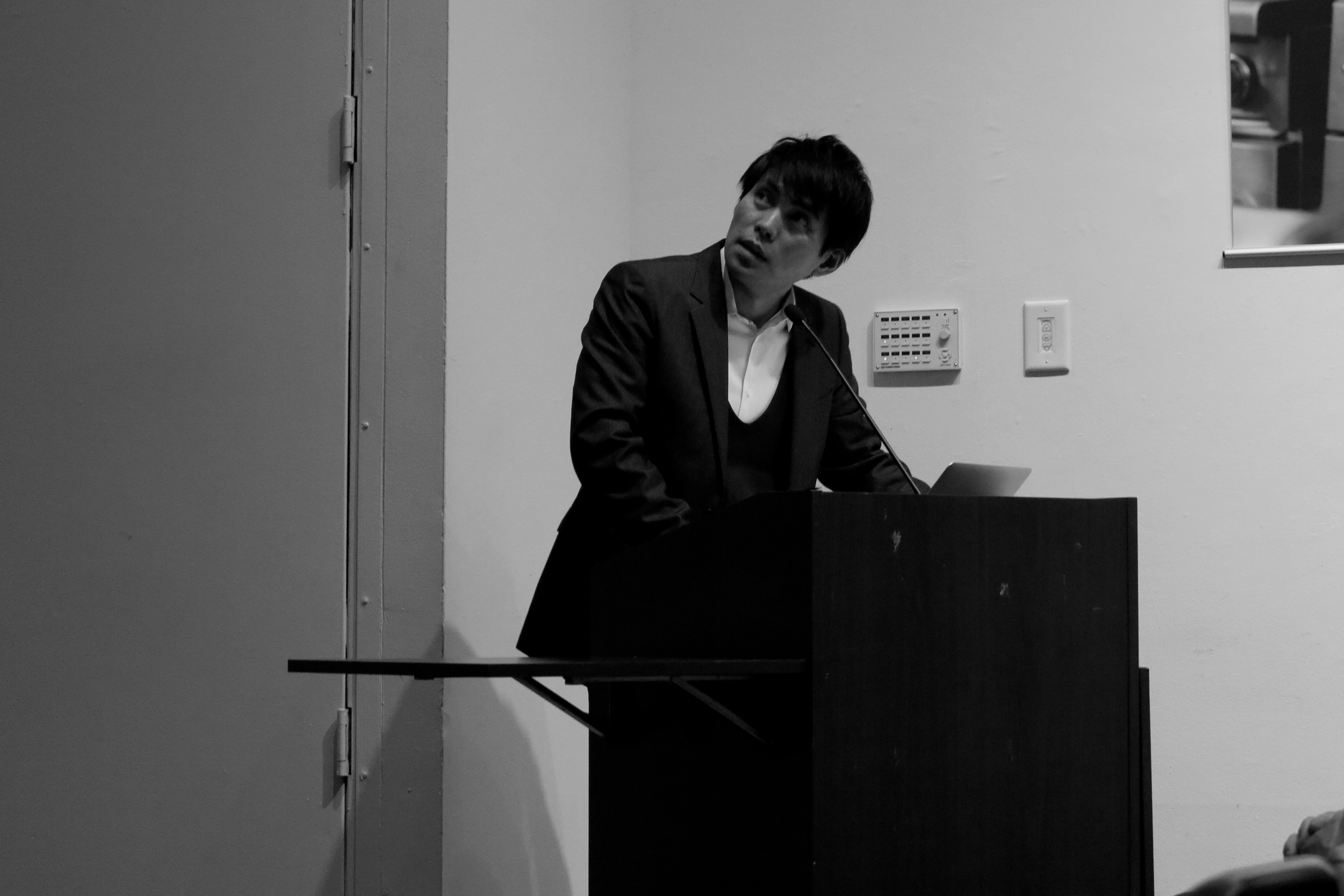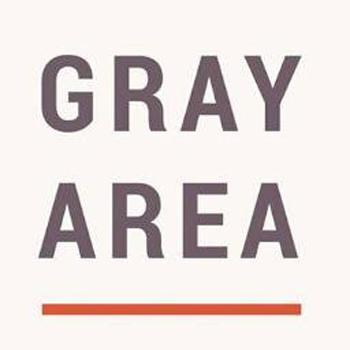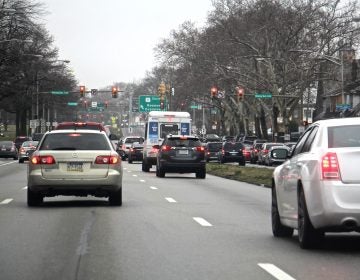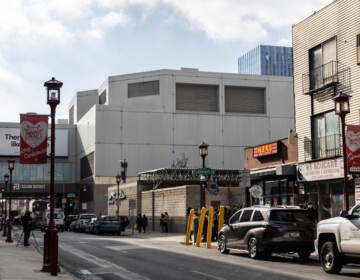Architect Shohei Shigematsu pokes at preservation’s “Gray Area”


I expected architect Shohei Shigematsu to poke preservationists in the eye during his talk Wednesday evening at University of the Arts. But he skated over the pointed critiques of preservation he leveled in the highly provocative CRONOCAOS exhibit, which he co-curated with starchitect Rem Koolhaas for the 2010 Venice Biennale and at the New Museum in New York in 2011.
CRONOCAOS called out preservation as a well intentioned concern that does little but distort market urbanism, constrain designers, and burden cities with the attractive and selective window-dressing of history. For all of that exhibit’s sharp criticism of historic preservation, Shigematsu didn’t go for blood in his talk.
Shigematsu was the first in a series of three “Preservation Provocateur” speakers planned by the Gray Area project, invited to present new ideas that prod and poke at traditional conceptions of historic preservation.
It isn’t so much that Shigematsu objects to historic preservation, but the unintended consequences of preservation, emotional responses to heritage, or the progressively shrinking timeframe for buildings to be considered as worthy of historic designation.
Rather than really indicting preservation, Shigematsu focused on a tour of his work at OMA, Koolhaas’ firm where he is a partner. And most of the examples he presented were robust, highly modern, respectful (not too reverent) adaptations of old buildings.
If Shigematsu had a message it was to be more liberated in our thinking about giving new life to old things and to resist the impulse to preserve buildings (or cities for that matter) in amber.
OMA has found plenty of room for innovative design interventions within the constraints of landmarked buildings, as Shigematsu demonstrated in examples of OMA’s work at Cornell’s Milstein Hall or the Maria Abramovic Institute in Hudson, NY. Proof positive that open-minded approaches can unlock enormous potential in old buildings without treating places so preciously.
WHYY is your source for fact-based, in-depth journalism and information. As a nonprofit organization, we rely on financial support from readers like you. Please give today.








